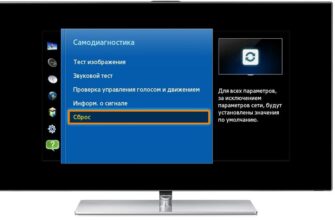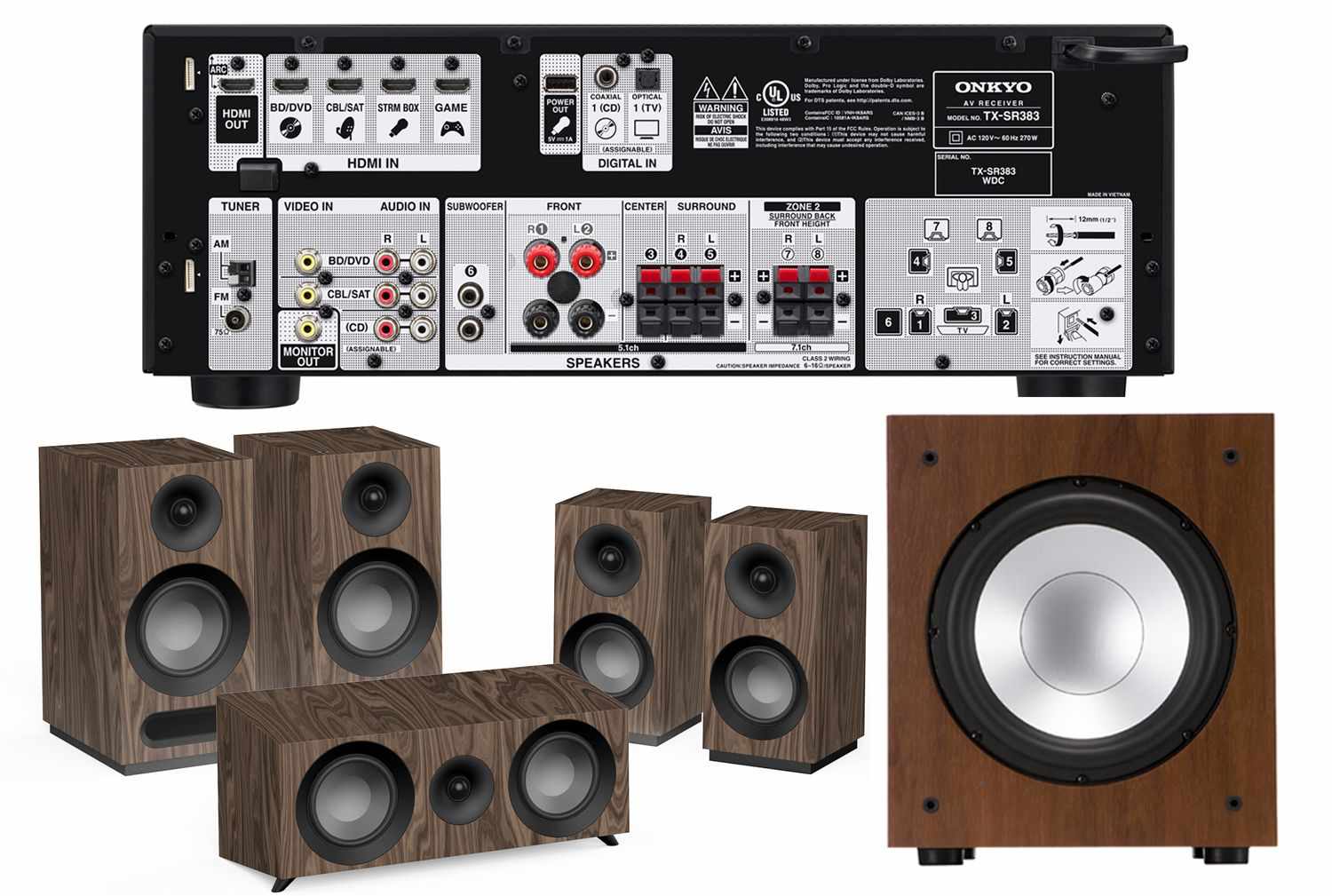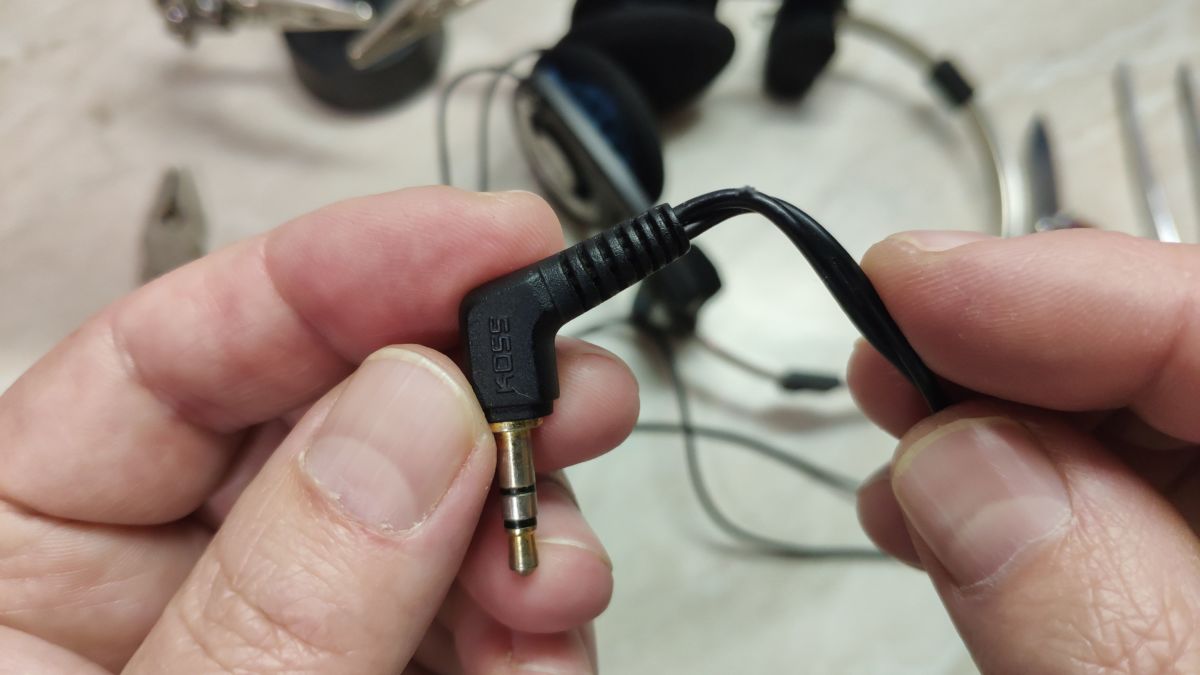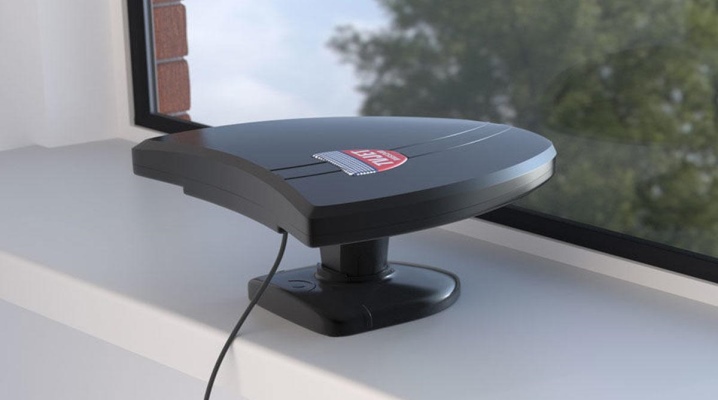Модификатор Mirror
Модификатор Mirror отражает сетку меша вдоль одной (или нескольких) из локальных осей (X, Y, Z), которые проходят через центр объекта. Также, в качестве центра может использоваться любой другой объект (Mirror Object) и его локальные оси. Модификатор может соединять вершины вместе в пределах указанного расстояния (Merge Limit), а также не допускать пересечения вершинами центра объекта (Clipping). И последнее, но не менее важное, он может отражать группы вершин (Vertex Group) и UV-координаты.
Режим работы: Любой
- Axis
Оси, вдоль которых происходит отражение объекта. Одновременно может быть отражено более одной оси. - Merge
Объединяет вершины в указанном диапазоне. Смотрите ниже Merge Limit. - Clipping
Предотвращает пересечение вершинами зеркальной части объекта (работает лишь в режиме редактирования). В случае если отмечен пункт Clipping, но вершины находятся на большем расстоянии от центра, нежели Merge Limit, то они не сольются. Если Вам нужно разъединить некоторые вершины, отключите пункт Clipping и отведите их от центра. - Vertex Groups
Данная опция позволяет зеркально отражать группы вершин. Для ее работы небходимо выполнить следующие условия:
- Группы вершин должны иметь суффиксы обозначающие их принадлежность к одной из сторон, например: .R, .right, .L и.д.
- Должны быть созданы пустые группы вершин с противоположными именами.
Данный способ очень удобен при работе с арматурой. Вы можете тщательно назначать вес вершинам на одной половине Вашего объекта, а модификатор отразит проделаную работу на его другую часть. Помните, что модификатор Mirror должен быть выше модификатора Armature.
Позволяет отражать координаты развертки U и V (X и Y) относительно точки 0.5. Вершина с UV координатами (0,3, 0,85), получит координаты (0,7, 0,15) в случае отмеченных обеих пунктов. При активации данных опций появится новая опция U/V Offset позволяющая смещать отраженные UV-координаты относительно точки 0.5.
Максимальное расстояние между вершинами и зеркальной частью объекта. В случае пересечения данного порога вершины будут сливаться вместе.
Объект, центр и оси которого будут использоваться для отражения. Как правило, в качестве данного объекта выступает пустышка.
Источник
Mirror
Настройки
- Axis – оси X, Y, Z, вдоль которых происходит зеркальное отражение, т.е. перпендикулярная ось к плоскости симметрии отражения. Как используются оси при направлении отражения? Если вы отражаете по оси X, положительные значения этой оси оригинального меша станут отрицательными значениями X на отраженной стороне. Вы можете выбрать более чем одну ось, и получить больше отраженных копий. При выборе одной оси, вы получите одно отражение, двух – четыре, а при выборе 3 осей – восемь отражений.
- Bisect – если меш находится с обоих сторон плоскости отражения, произойдет обрезка по этой плоскости, и только одна сторона (отрицательная сторона по умолчанию) сохранится для отражения.
- Flip – когда Bisect включена по оси, вы можете использовать эту опцию для того, чтобы поменять сторону которая останется, для ее дальнейшего отражения (т.е. когда эта опция включена, положительная сторона останется, а отрицательная будет обрезана).
- Mirror Object – выбор объекта (обычно empty (пустышка)), чье положение и вращение будет использоваться для определения плоскости отражения. Таким образом можно анимировать эффект отражения.
- Vertex Groups – пробует отразить существующую группу вершин. Интересная фича, но имеет очень специфичные особенности.
- Группа вершин, которую вы хотите отразить должна быть названа, следуя обычному левый/правый шаблону (т.е. должны быть суффиксы, например, “.R”, “.right”, “.L” и другие)
- Отраженная группа вершин должна быть создана заранее (она не создастся автоматически). И она должна быть пустой (т.е. не должно быть назначено вершин в это группу).
- Merge – когда вершины в том же месте (в пределах Merge Limit), что и отраженные, они будут объединены.
- Merge Limit – максимальное расстояние между вершиной и ее отраженной копией, при котором они будут объединяться (будучи привязаны к плоскости отражения). Требуется включенная опция Merge.
- Clipping – предотвращает движение вершин сквозь плоскость/и отражения, пока пользователь двигает вершины в Edit mode. Если эта опция включена, но вершины вне плоскости отражения и за пределами Merge Limit, вершины не будут объединены. Но как только вершины окажутся в пределах Merge Limit, они схлопнутся, и их нельзя будет перемещать вне плоскости отражения.
Заметка
Вершины на плоскости отражения нельзя оторвать от плоскости отражения, пока опция Clipping включена. Вам нужно отключить эту опцию, чтобы опять иметь возможность двигать вершины по осям отражения.
- Flip UV – с включенной данной опцией вы можете отразить UV текстурные координаты вдоль центра изображения. Например, если у вас есть вершины с UV координатами 0.3, 0.9, их отраженные копии будут иметь UV координаты 0.7, 0.1.
- UV Offsets – значение, на которое будут смещены отраженные UV острова по осям U/V. Это полезно для запекания (оверлапы UV островов могут привести к артефактам на запекаемой карте), таким образом, что UV острова могут быть вынесены за пределы изображения, и не будут использованы для запекания, но все еще будут использовать текстуру.
Советы
Многие задачи по моделированию требуют создания симметрии. Благодаря этому модификатору, появляется простой и эффективный способ сделать это в реальном времени, получая отражения того, что вы сделали. Как только ваша модель будет готова, вы можете нажать Apply, чтобы сделать реальную версию вашего меша, или оставить как есть, и использовать для будущего редактирования.
Точное позиционирование плоскости отражения
При работе с этим модификатором, обычной ситуацией является перемещение центральной точки объекта на ребро или грань, для того, чтобы использовать их как ось отражения. Иногда это может быть сложно. Хороший способ, для точного позиционирования, это выбрать ребро, затем использовать Cursor to Selection. Затем использовать Set Origin → Origin to 3D Cursor. Это переместит центральную точку объекта к 3D курсору, а вместе с ней и плоскость отражения.
Еще можно использовать пустышку как Mirror Object, и переместить его в нужное положение.
После включения опции перемещения Origins, появляются характерные оси, и ими можно манипулировать стандартным перемещением (G)
Источник
Почему не работает mirror блендер
Blender
1. Your object should have that blue wrench icon appear beside it in the outliner, that means there is a modifier attached to it.
2. These two buttons have to be on, blue, like in this screenshot for the modifier to actually display what it is doing in the viewport. The computer screen icon just before those two buttons would toggle visibility of the modifier in the render I believe.
3. You probably want to put your mirror modifier on the the top of the stack above the subsurf modifier. I would assume they did that in the tutorial as well — mirror first subsurf after. The modifier on the top of the stack is applied first, and I believe I’ve heard somewhere it is better for the mirror modifier to be calculated first before the subsurf modifier. I don’t think I can remember the reason why though, so if you wanted a reason you’d have to google why mirror comes first. Also a possibility I’m imagining that memory wrong and it was just my personal preference and that it doesn’t really matter which comes first.
Edit: I got the icons mixed up in #1, the blue wrench icon is what I meant. Fixed above.
Also, there is that orange dot that will be at the center of an object when you first add it. Called the object’s origin point.
The mirror modifier mirrors around that, and when you move a mesh in edit mode, the origin point stays where it was in object mode. Meaning you could end up dragging your mesh in edit mode way off from the origin point causing the actual mirroring to take place off screen where you are not seeing it.
I don’t think this is your issue, I suspect one of the visibility buttons being turned off is far more likely. You’d probably see if your mesh had been pulled off the origin point unless you are not rotating the camera or you somehow pulled the mesh EXTREMELY far off the origin point. Just mentioning it to cover everything I can think of, so you can solve this now (hopefully).
If it did happen to be because of where your origin point is though, you can recalculate it so it mirrors better. You just make sure you have the appropriate object selected, and go into object mode, then top left there is one of those menus called «Object». Open that, go to «Set Origin» and then select one of the «Set Origin to Center of Mass» options.
Works totally fine on my end, very much exactly like it did in previous versions.
You sure you havent turned edit mode viewport display turned off or something?
Can you share a screenshot of your object and the mirror modifier settings?
Don’t apply the modifier before you go into edit mode. Once you apply the modifier it mirrors it and you’re left with a mirrored mesh to work with, but while you’re working the on it keep the mirror modifier active but not applied
For whatever reason when you apply the modifier it doesn’t do anything but if its active and not appied it works!
Don’t apply the modifier before you go into edit mode. Once you apply the modifier it mirrors it and you’re left with a mirrored mesh to work with, but while you’re working the on it keep the mirror modifier active but not applied
For whatever reason when you apply the modifier it doesn’t do anything but if its active and not appied it works!
I’m confused about what you are saying here so I might be interpreting this wrong. But it sounds to me like you are describing how you are supposed to use modifiers in the first place (don’t apply them unless you absolutely have to) and that you were doing it wrong to begin with. If I’m reading this right, it sounds like you were adding the mirror modifier in object mode, then applying it, then going into edit mode to actually change your mesh.
One idea behind the modifiers is so you can have a non-destructive workflow — that is, so you can make changes to your model while not destroying the basic parts of the mesh, so you can revert back to the base mesh if you need to. So actually applying a modifier goes against that idea, because then that makes the changes permanent (once you can’t undo past that point anyway).
So in general, you should avoid actually applying the modifiers unless you actually have to. Add them to the model and let them stay in the stack without applying, they’ll still do the modifications and you won’t make any irrevocable changes to your base mesh. The changes a modifier makes to your mesh will show up in the render without having to apply the modifier.
Don’t apply the modifier before you go into edit mode. Once you apply the modifier it mirrors it and you’re left with a mirrored mesh to work with, but while you’re working the on it keep the mirror modifier active but not applied
For whatever reason when you apply the modifier it doesn’t do anything but if its active and not appied it works!
I’m confused about what you are saying here so I might be interpreting this wrong. But it sounds to me like you are describing how you are supposed to try and use modifiers in the first place (don’t apply them unless you absolutely have to) and that you were doing it wrong to begin with. If I’m reading this right, it sounds like you were adding the mirror modifier in object mode, then applying it, then going into edit mode to actually change your mesh.
One idea behind the modifiers is so you can have a non-destructive workflow — that is, so you can make changes to your model while not destroying the basic parts of the mesh, so you can revert back to the base mesh if you need to. So actually applying a modifier goes against that idea, because then that makes the changes permanent (once you can’t undo past that point anyway).
So in general, you should avoid actually applying the modifiers unless you actually have to. Add them to the model and let them stay in the stack without applying, they’ll still do the modifications and you won’t make any irrevocable changes to your base mesh. The changes a modifier makes to your mesh will show up in the render without having to apply the modifier.
yhea you were right on the assessment. I was doing it wrong to begin with by trying to add in the modifier when I wasn’t supposed to. I was trying to apply it to the edit mode and every time I did I got errors not allowing me to apply them and when I went back into object mode to apply the modifier it applies, then going back into edit mode with no results. Because of the fact that I applied the modifier when I wasn’t supposed to
Источник









